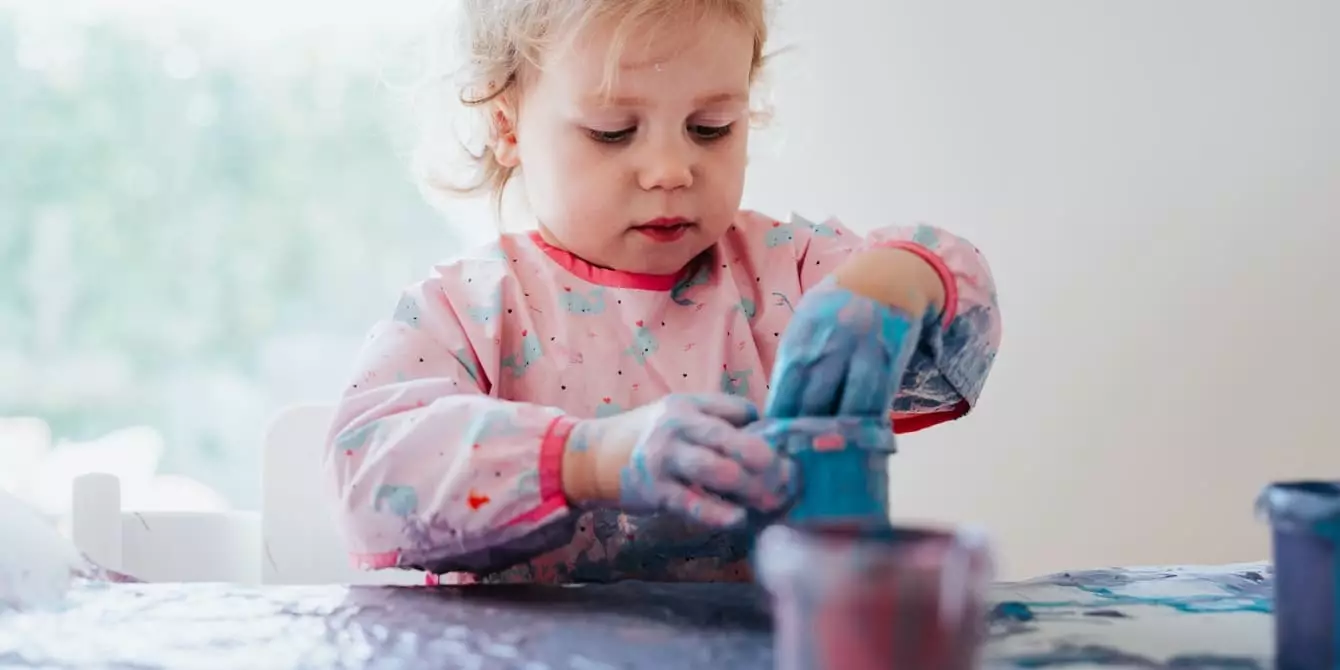Finger painting represents a playful and liberating approach to art, especially for young children who thrive on tactile experiences. At its core, finger painting allows kids to explore their creativity without limitations. Traditional painting methods, often bound by brushes and canvases, can be restrictive, whereas finger painting encourages spontaneity and freedom of expression. Kids can immerse themselves in the experience, using their fingers to blend colors, create shapes, and even experiment with sensations, making the act of creating both enjoyable and engaging.
While store-bought paints may be convenient, they can come with a host of chemicals and additives that are not suitable for young children. Opting for homemade finger paint is not only a more cautious choice for health but also a sustainable one. Many everyday food items can double as art supplies, meaning parents can reduce kitchen waste while fostering creativity. Ingredients such as spinach, blueberries, and carrots transform into vibrant colors ideal for painting. This dual-use not only nurtures innovation but also reinforces the importance of sustainability to children, teaching them that everyday items can have multiple purposes.
Crafting a Safe Art Experience
The act of creating homemade finger paint offers several advantages, particularly in terms of safety. Children are naturally curious and sometimes inclined to taste what they are working with. By using food-safe items, parents can feel at ease, knowing that their children are less likely to ingest harmful substances. Taste-safe finger paint empowers kids to enjoy every aspect of the experience without the constant worry parents typically face during art projects. This integration of safety and fun allows for a less stressful environment, encouraging children to explore their creativity fully.
Creating your own finger paint is surprisingly easy and can be a fun activity in itself. Here’s a straightforward method to make your own:
1. Begin with 1 tablespoon of water.
2. Add 2 tablespoons of curd or yogurt to create a creamy base.
3. Incorporate any colorful food scraps such as beetroot, spinach, or carrots. You may adjust these ingredients based on the desired color and intensity.
4. Blend the food scraps and water to form a smooth purée.
5. Mix in the curd or yogurt thoroughly to achieve a paint-like consistency.
This hands-on approach not only produces vibrant colors for art projects but also serves as a delightful educational moment, allowing children to learn about color mixing and the properties of different food items.
Creating homemade finger paint is more than just an arts and crafts activity — it’s an invitation for children to engage with their environment creatively. As they dip their fingers into vibrant mixtures, they practice fine motor skills, develop hand-eye coordination, and, most importantly, gain confidence in their artistic abilities. By transforming a typically ordinary piece of food into a medium for expression, we inspire children to see the world around them as a canvas waiting to be painted. In this way, homemade finger paint serves as a wonderful vehicle for creativity, sustainability, and education all rolled into one vivid experience.

